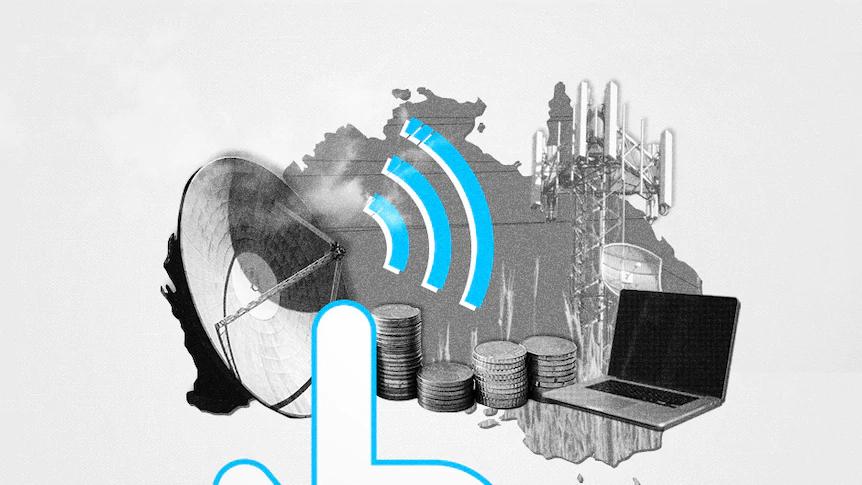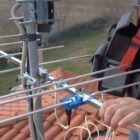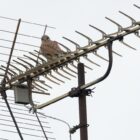When it comes to internet connections there are different types and sometimes the terms and jargon can get confusing. How do you know which is the fastest, and what all the letters mean? For those in cities with great connections, fibre can be the fastest internet solution. But in some cases, and for some homes, the cable could be the answer. If you are struggling with bad internet speeds and are looking for options and answers here is a look at the more common ones.
More about fibre-optic internet
You might hear some refer to fibre-optics as just fibre, it reaches your business or home through high bandwidth fibre-optic cables in overhead powerlines or underground cables. There are several types of connections though and they affect your speeds;
FTTP – This stands for Fibre to the Premises and means the fibre optic cable is put in all the way to your property. It is what NBN was originally meant to be like.
FTTC – Fibre to the Curb is when the cable is laid up to the drive or kerb of your home and then it connects to the existing copper phone lines that are already there.
FTTN – Fibre to the Node means the fibre optic cables are laid to a point or node in the neighbourhood that then connects to the existing copper phone lines that lead to each home.
FTTB – Fibre to the Building is when the cable is laid to a central point and then connects to those copper phone lines that come from each apartment in an apartment building.
Fibre NBN connections – can be fast and a great option if you have good WiFi connections.
The connections affect your connection speed and when it hits that copper cabling that is when things slow down and it weakens. If you are connecting over a long distance this makes the speed drop very noticeable. For FTTP where there is no copper involved this is not an issue at all. For FTTC connections and FTTB connections, it is just a short length of copper so speed shouldn’t be hurt much. FTTN though has a lot of copper in the process and that is going to make hitting those promised 100Mbps speeds unlikely. If you are over 400 metres away from the node your max speed is going to be less than 60Mbps and as you get further from the node that drops more.
NBN alternative connections
Cable – Also called HFC or Hybrid Fibre Coaxial. Uses a cable as you see in pay-TV and broadband technology and speeds can reach up to 100Mbps.
Satellite – A satellite beams the data down to your dish and is just available in some rural areas with slow speeds at 25Mbps.
Fixed wireless – Uses the kind of technology that your mobile phone uses to connect you to WiFi and is available in a few more rural areas than satellite and is a little faster up to 50Mbps.
ADSL internet
Another connection that uses just copper lines is ADSL and ADSL2+. The first has just speeds of 8Mbps and the second reach 24Mbps. Again the copper slows the network.
Dial-up internet
Dial-up certainly has bad internet speeds. It uses the phone network to connect but even with its awful 0.056Mbps, there are still some providers in Australia.





